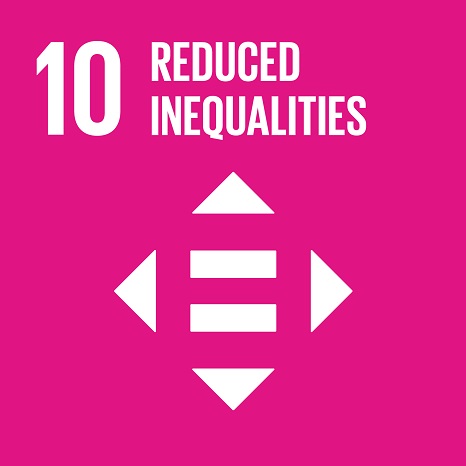Ciência_Iscte
Publications
Publication Detailed Description
Imagined elsewhere through Gungunhana: Representations of the exiled king in Azores and Mozambique.
The Azores, the Atlantic and the global challenges
Year (definitive publication)
2024
Language
English
Country
United States of America
More Information
Web of Science®
This publication is not indexed in Web of Science®
Scopus
This publication is not indexed in Scopus
Google Scholar
This publication is not indexed in Overton
Abstract
Following the impressing ceremony of the return of Ngungunhane’s earthly remains to Maputo (15/06/1985), Azores became part of Mozambican collective memory, as an imaginary landscape. The Azorean exile inspired some of the most prized Mozambican literature: “Ualalapi” by Ungulani Ba Ka Khosa (1987), “Os Ossos de Gungunhana” by Marcelo Panguana (2004), and “O Bebedor de Horizontes”, last volume of the trilogy “As Areias do Imperador”, by Mia Couto (2018). From the Mozambican perspective, Azores, became either in collective memory either in literature, the “elsewhere”. In a similar way for the Azoreans at the time of the events, the king together with other tree African prisoners, represented an encounter with an imagined oversea.
The 125th anniversary of the imprisonment and exile of the last king of Gaza Ngungunhane (1895-96), vulgo Gungunhana, has been remarkably commemorated in Angra do Heroísmo, Ilha Terceira, where he died (27/12/1906). Among various activities, the most significant is the inauguration of a bust (12/04/2022) representing Gungunhana, in memory of the political prisoners exiled on the island; the shape of the sculpture recalls the nostalgic feelings and eradication of the exile and, in a broader sense, of the Atlantic diaspora.
The commemoration coincided with the return of iconography in several cities across different Mozambican provinces. Especially, the nine meters statue dedicated to Gungunhana unveiled in Chimoio, province of Manica (17/07/2021), the biggest of this kind; the biography carved on his pedestal draws attention to the process of Christianization carried out in the Azores.
Apparently, the memory of the last king of Gaza still discloses symbolic meanings and evoke “elsewhere” implications. But how do these representations dialogue in time and space? Despite the distance is there a shared imagination that bonds Azores and Mozambique? We can look for possible answers by embracing a journey through contemporary literature and iconography.
Acknowledgements
--
Keywords
Atlantic diaspora,Colonialismo,Racismo,Literatura Historica,Iconografia,Exilio,Identidade,Moçambique,Açores
Fields of Science and Technology Classification
- Languages and Literature - Humanities
- Other Humanities - Humanities
- Anthropology - Social Sciences
Contributions to the Sustainable Development Goals of the United Nations
With the objective to increase the research activity directed towards the achievement of the United Nations 2030 Sustainable Development Goals, the possibility of associating scientific publications with the Sustainable Development Goals is now available in Ciência_Iscte. These are the Sustainable Development Goals identified by the author(s) for this publication. For more detailed information on the Sustainable Development Goals, click here.

 Português
Português


